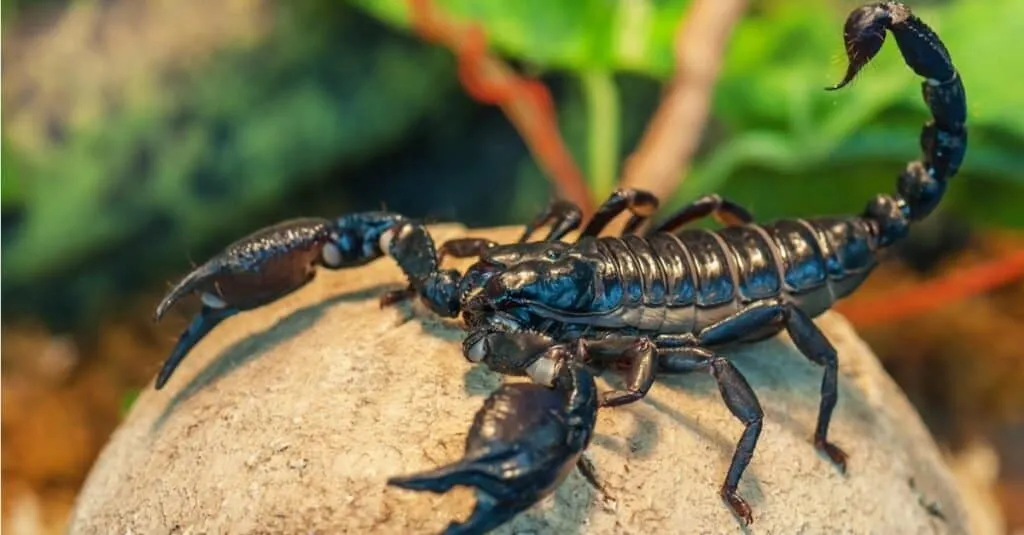Pet Tarantula vs. Scorpion: Overview
Choosing a pet can be an exciting endeavor, and for those seeking something beyond the typical dog or cat, tarantulas and scorpions often come into consideration. Both are fascinating invertebrates, offering a unique pet ownership experience. However, they have distinct characteristics that make them suitable for different types of owners. This article provides a detailed comparison between pet tarantulas and scorpions, helping you make an informed decision about which might be the best fit for you. We’ll delve into their appearance, temperament, habitat needs, dietary requirements, lifespan, and common health issues to give you a comprehensive understanding. By the end, you’ll be well-equipped to determine whether a tarantula or a scorpion is the right choice for your lifestyle and experience level. Understanding the nuances of each pet is crucial for their wellbeing and your enjoyment of them.
Appearance and Characteristics
The visual differences between tarantulas and scorpions are striking. Tarantulas, belonging to the Theraphosidae family, are large, hairy spiders known for their impressive size and a wide range of colors and patterns. Their bodies are divided into two main parts the cephalothorax (fused head and thorax) and the abdomen, with eight legs and often, prominent fangs. The exoskeleton provides them with protection but also limits their growth, requiring them to molt periodically. Some tarantula species can have leg spans exceeding 10 inches, making them truly awe-inspiring creatures. Their size and diverse coloration are major attractions for enthusiasts.
Tarantulas
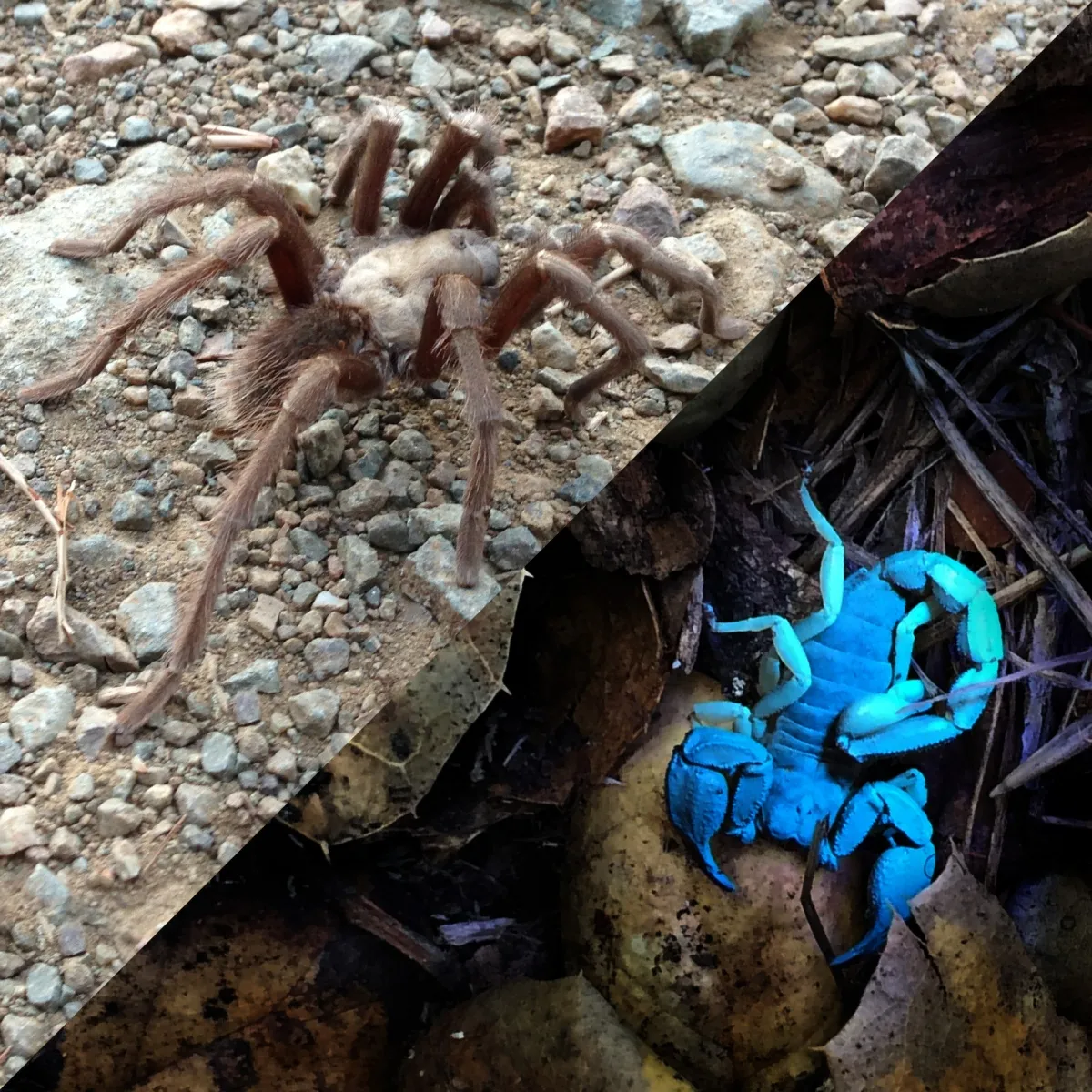
Tarantulas come in a vast array of species, each with unique appearances. Some are brightly colored, while others are more subdued. The size and hairiness also vary greatly among different species. Their hairy bodies have sensory hairs that help them perceive their surroundings, and some species have urticating hairs that they can flick off as a defense mechanism, causing irritation to potential predators or handlers. The diversity in appearance makes them a visually captivating pet, with options ranging from the vibrant colors of the Gooty Sapphire Ornamental to the more common and earthy tones of the Chilean Rose.
Scorpions
Scorpions, belonging to the Scorpiones order, have a more streamlined appearance. They have a segmented body, with a prominent tail ending in a venomous stinger. Their bodies are covered in a hard exoskeleton, offering protection from the elements and predators. Scorpions possess two large pedipalps, which they use for grabbing prey and as sensory organs. Their coloration varies from black and brown to yellow and even blue, depending on the species. They often glow under ultraviolet light due to the presence of fluorescent compounds in their exoskeleton. The different appearance between them, combined with their predatory nature, makes them attractive to enthusiasts.
Temperament and Handling
Understanding the temperament and handling requirements of tarantulas and scorpions is crucial for responsible pet ownership. While both are generally not aggressive toward humans, their behavior differs, and understanding these differences is essential for a safe and enjoyable experience. Tarantulas and scorpions are not typically pets that enjoy or seek interaction with humans. Their behavior is often driven by instinct, and how they respond to human interaction can vary greatly based on species and individual personality. It’s crucial to consider this when deciding which pet is right for you and to always prioritize the animal’s safety and well-being.
Tarantulas

Tarantulas are generally docile, but they can be skittish and prone to defensive behaviors. Handling should be kept to a minimum, as it can stress the spider and potentially lead to bites or the release of urticating hairs. Some tarantula species are more docile than others, and careful research is important before choosing one. Even docile species may bite if they feel threatened. If handling is necessary, it’s crucial to do so close to the ground or a soft surface to minimize injury if the tarantula falls. Always wash your hands after handling to remove any potential irritants from their hairs.
Scorpions
Scorpions are also generally not aggressive, but they can be more prone to stinging than tarantulas are to biting. Handling scorpions should be avoided unless absolutely necessary. While their venom is usually not life-threatening to humans, the sting can be painful. Species vary in venom potency, so researching your chosen species is essential. Scorpions are best observed in their enclosures, and their behavior should be respected. Always be cautious and avoid any actions that might startle or provoke the scorpion. Providing a safe environment is vital for their wellbeing.
Habitat and Housing
The habitat requirements for tarantulas and scorpions are quite specific, and replicating their natural environment is crucial for their health and well-being. Both types of pets require secure enclosures, appropriate substrates, and specific environmental conditions like temperature and humidity. The proper setup can reduce stress, encourage natural behaviors, and enhance their longevity. The size and type of enclosure will vary based on the species and the size of the pet. Providing the right habitat is one of the most important aspects of caring for these fascinating creatures.
Tarantulas
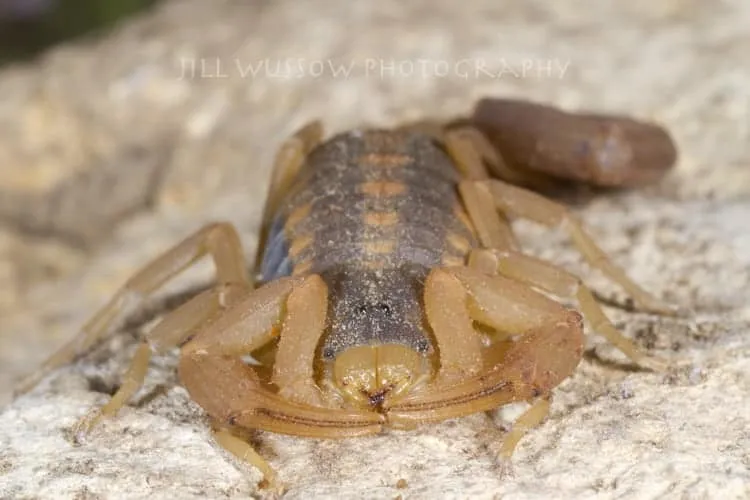
Tarantulas require enclosures that are appropriately sized for their species, with enough space to move around and exhibit their natural behaviors. Terrestrial species do well in wider enclosures, while arboreal species need taller ones. The enclosure should have a secure lid to prevent escapes, a substrate that allows burrowing or climbing, and a water dish. Temperature and humidity levels should be maintained according to the species’ requirements, usually between 75-85°F (24-29°C) and 60-70% humidity. Hiding places, such as cork bark or artificial plants, should be provided to reduce stress. Ventilation is also crucial to prevent mold growth and ensure the tarantula’s health. Regular cleaning of the enclosure is necessary to maintain hygiene.
Scorpions
Scorpions also need secure enclosures, with the size depending on the species and size of the scorpion. A substrate that allows burrowing is often preferred, such as a mix of sand and soil. The enclosure should also have hiding places, such as rocks or pieces of bark, for the scorpion to retreat to. Humidity levels should be maintained according to the species’ needs, with most preferring moderately humid environments. Temperature requirements are generally similar to tarantulas, but some species may need slightly different conditions. A shallow water dish should always be available. Regular cleaning and maintenance of the enclosure is important to maintain a healthy environment.
Diet and Feeding
The dietary needs of tarantulas and scorpions are relatively straightforward, but it’s important to understand their specific requirements to ensure their health. Both are carnivores, meaning their diets consist primarily of insects. The frequency and type of food will vary based on the species and the age of the pet. Understanding their natural feeding habits and providing a varied diet is important for their long-term wellbeing. It’s important to source insects from a reliable source to minimize the risk of parasites or exposure to pesticides.
Tarantulas

Tarantulas feed on live insects, such as crickets, mealworms, and roaches. The size and frequency of feeding depend on the tarantula’s size and age. Spiderlings eat more frequently, while adults may eat less often. Overfeeding can lead to health problems, so it’s important to monitor their body condition. Always provide fresh water in a shallow dish. It’s also crucial to remove uneaten insects from the enclosure, as they can stress the tarantula. The variety in the diet ensures that they receive the necessary nutrients, and a well-fed tarantula is more likely to thrive. Be careful when feeding, as the spider may be quick to react.
Scorpions
Scorpions also feed on live insects, with crickets and roaches being common choices. Feeding frequency varies, but generally, they eat less often than tarantulas. The size and type of food should match the scorpion’s size. Scorpions are ambush predators, so they will often wait for prey to come within reach. Ensure a shallow water dish is always available. Monitor the scorpion’s condition and adjust feeding as needed. Removing any uneaten insects will maintain hygiene. A diverse diet promotes health and vitality in scorpions.
Lifespan and Maintenance
The lifespan and maintenance requirements of tarantulas and scorpions differ significantly. Tarantulas can live for many years, with females often outliving males. Scorpions generally have a shorter lifespan. Both pets require consistent care to ensure their wellbeing, including regular feeding, habitat maintenance, and monitoring for signs of illness. The long lifespan of some species adds to the responsibility, and requires a long-term commitment.
Tarantulas
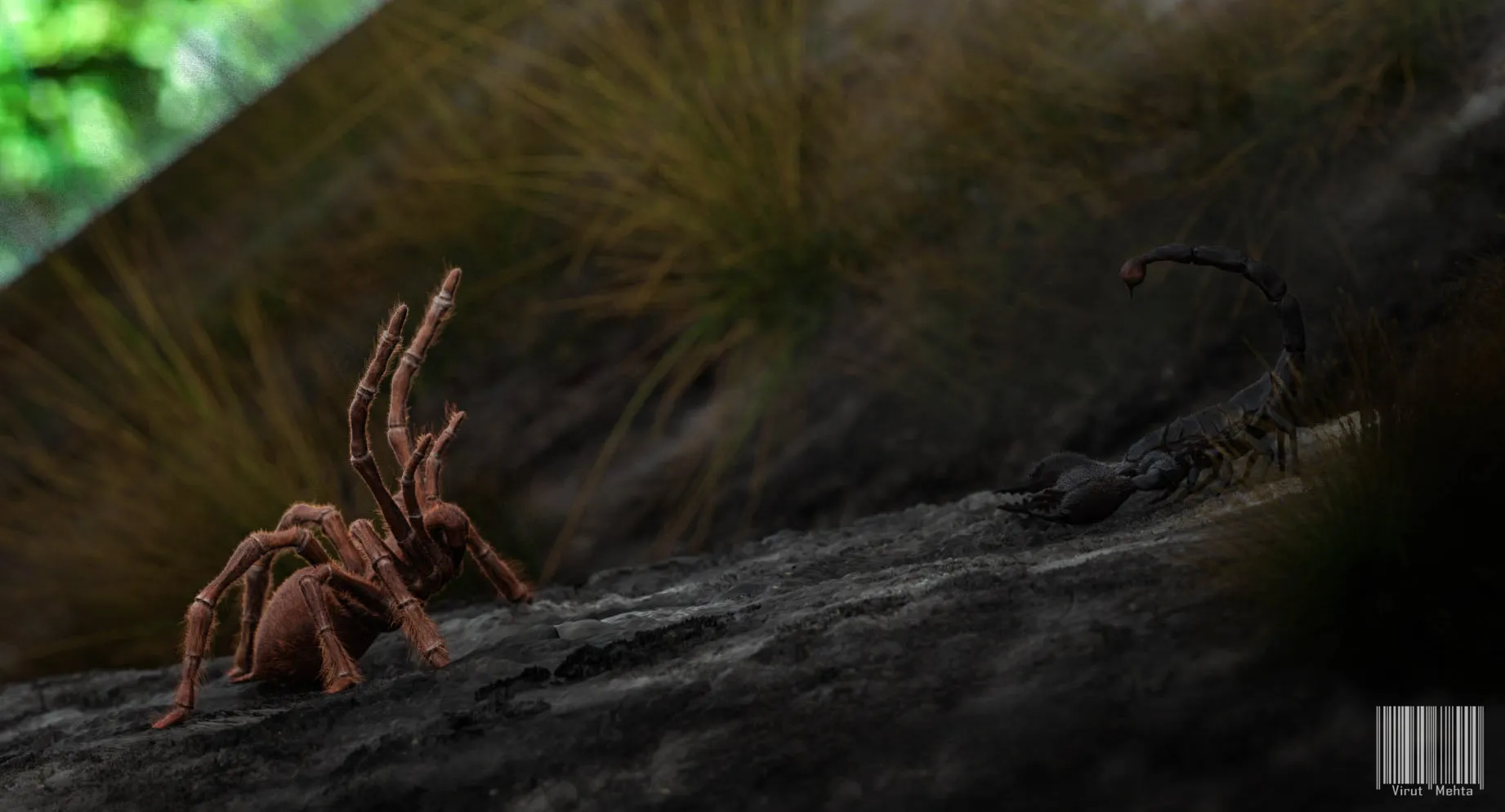
Tarantulas can live for many years, with females living up to 20-30 years in some species, while males typically live much shorter lives. Maintenance includes providing a suitable habitat, regular feeding, and monitoring for molting. Molting is a natural process where tarantulas shed their exoskeleton to grow. During this time, they are vulnerable and should not be disturbed. The enclosure needs to be cleaned regularly, with the substrate replaced as needed to prevent the buildup of waste and maintain proper hygiene. It’s also important to observe for signs of illness, like lethargy or loss of appetite. The long lifespan of a tarantula makes them a long-term commitment.
Scorpions
Scorpions typically have a shorter lifespan than tarantulas, usually living for 3-7 years. Maintenance includes providing a suitable habitat, feeding regularly, and monitoring their health. Cleaning the enclosure regularly is also important, and substrate changes may be needed. Unlike tarantulas, scorpions do not molt in the same way. Be alert for signs of illness or stress, such as changes in behavior. Maintaining a suitable environment and observing the animal’s behavior will ensure it remains healthy for its lifespan.
Health and Common Issues
Both tarantulas and scorpions can be susceptible to various health issues, understanding the common problems and how to address them is an essential part of responsible pet ownership. Proper care and a suitable environment are crucial for preventing health problems. Prompt attention to any signs of illness can help ensure the pet’s long-term health. Preventative measures and early detection are key.
Tarantulas

Common health issues in tarantulas include parasites, fungal infections, and injuries. Parasites can be introduced through live food, so sourcing insects from a reliable supplier is essential. Fungal infections can occur if the enclosure is too humid or poorly ventilated. Injuries can occur from falls or handling. Symptoms of illness can include lethargy, loss of appetite, and changes in behavior. If you observe these signs, consult a veterinarian specializing in exotic pets. Proper habitat maintenance and hygiene can help prevent many health problems. Careful observation and attention to their overall condition are crucial.
Scorpions
Scorpions can suffer from similar health issues, including parasites, fungal infections, and injuries. Parasites can come from live food. Fungal infections may result from improper humidity or lack of ventilation. Injuries can occur if they fall or are handled improperly. Symptoms of illness can include lethargy, loss of appetite, and changes in behavior. If you notice any problems, seek professional veterinary advice. Maintaining proper humidity and sanitation, as well as avoiding rough handling, can minimize health risks. Regular observation and attention to detail are essential for the health of your pet scorpion.
Choosing the Right Pet
Choosing between a pet tarantula and a scorpion depends on your individual preferences, lifestyle, and experience level. Both offer unique experiences, so carefully consider the factors discussed above to decide which pet best suits you. Think about your comfort level with handling, your ability to create and maintain the required environment, and the amount of time you are willing to dedicate to their care. Each pet provides its own rewards.
Tarantula Considerations
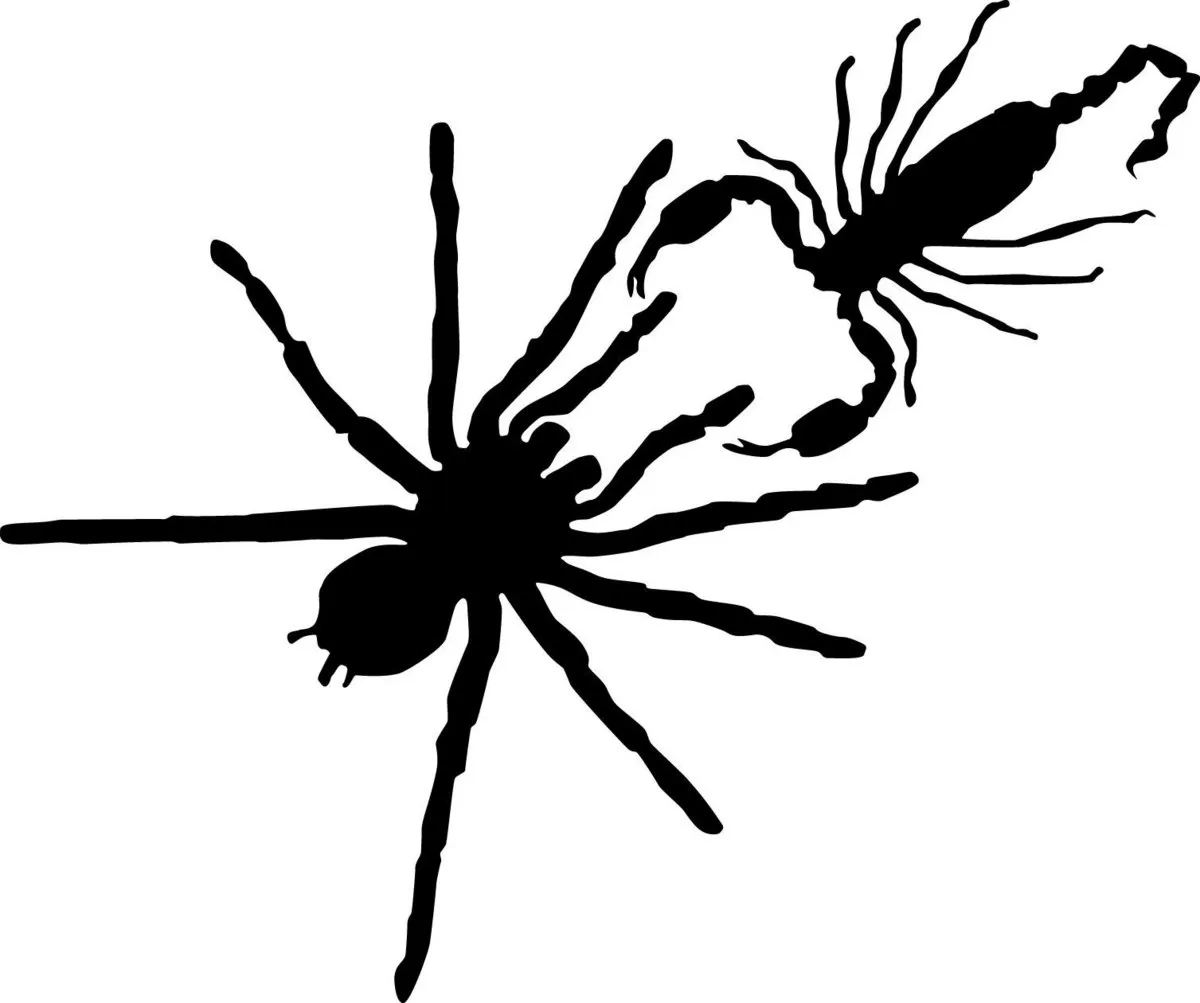
Tarantulas are a good choice if you prefer a pet that is generally docile and less likely to sting. Their impressive size and variety of species can make them visually captivating. They require a moderate level of care, including the creation of a suitable habitat, regular feeding, and careful handling. Their longer lifespan can be a significant commitment, so ensure you are ready to provide care for many years. Researching various species and understanding their specific needs is important before getting a tarantula. Choosing a reputable breeder will also help ensure that you get a healthy and well-adjusted pet.
Scorpion Considerations
Scorpions are suitable for those who are fascinated by their unique anatomy and behavior. They are less likely to be handled than tarantulas, which might appeal to some owners. Their generally shorter lifespan may be an advantage for some, as it requires less long-term commitment. Scorpions also require a secure enclosure and a diet of live insects. Some species have venom that can cause a painful sting, so understanding their characteristics is vital. Be prepared for the proper setup, and research the specific species to ensure you can provide the best care. Carefully evaluate your own needs and choose a species that matches your lifestyle.
In conclusion, both pet tarantulas and scorpions can make fascinating companions for the right owner. By carefully considering their unique characteristics, requirements, and your own preferences, you can make an informed decision and enjoy a rewarding pet ownership experience. Remember to always prioritize the health and well-being of your pet by providing a safe and stimulating environment.
